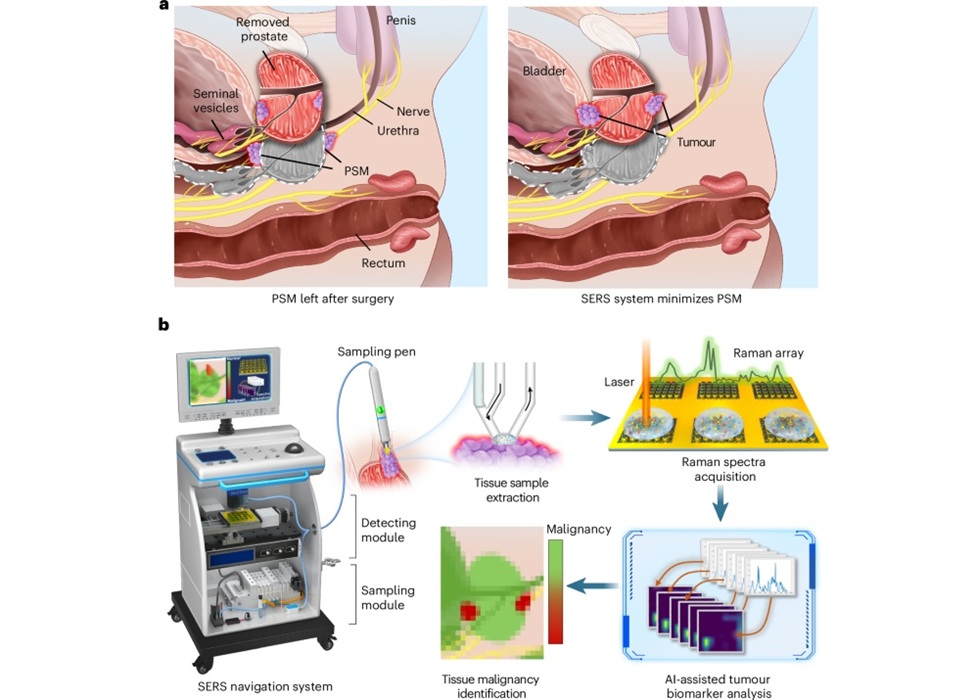Breakthrough Computational Method Predicts Sudden Cardiac Death
|
By HospiMedica International staff writers Posted on 14 Jun 2024 |
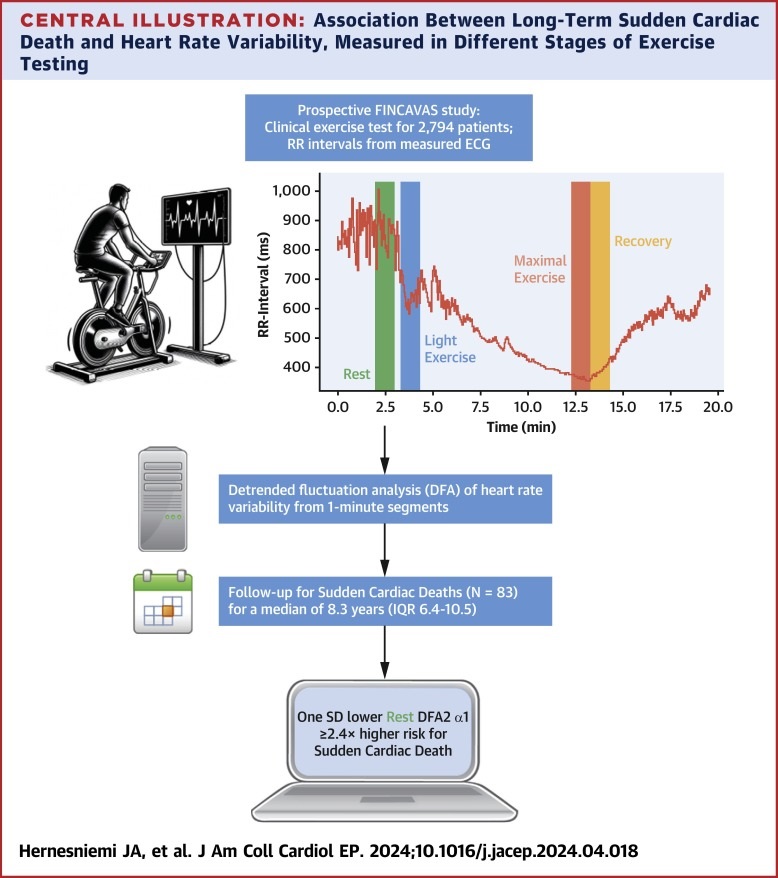
Unfortunately, sudden cardiac death is often the first indication of heart disease, and it can strike even young, seemingly healthy individuals, particularly during intense physical activity. To facilitate preventive measures, accurately assessing the risk of sudden death is crucial. Current consumer devices like smartwatches, which measure heart rate, possess the basic technical capabilities needed for identifying such cardiac risk factors. However, the heart rate interval analyses currently utilized are not sufficiently accurate for this purpose. Historically, the risk of sudden death has been evaluated using parameters from stress tests, including cardiorespiratory fitness and recovery heart rate tests. Cardiorespiratory fitness measures an individual's efficiency in transporting oxygen to the muscles and the muscles' ability to use oxygen during exercise. Now, a new computational approach has been developed that can estimate the risk of sudden cardiac death based on a one-minute heart rate measurement taken at rest.
Researchers at Tampere University (Tampere, Finland) have found that the new computational method they developed significantly improves the prediction of long-term sudden death risk. The assessment requires only a minute's worth of heartbeat intervals measured while at rest. This method draws on data from stress tests conducted as part of the Finnish Cardiovascular Study (FINCAVAS) project, which involved approximately 4,000 patients. It utilizes time series analysis to examine the dependencies of heart rate intervals and other complex indicators typical of various heart diseases over different time scales. Patients identified by this new method as having abnormal heart rate variability had a notably higher rate of sudden death compared to those with normal heart rate patterns, even when controlling for other risk factors.
This method holds considerable promise for pre-diagnosis and for identifying patients at high risk. It is independent of other measurements and could easily be integrated into devices such as smartwatches or smart rings. Research and development of this method are being expanded, using extensive databases on different heart conditions, with the goal of not only reliably detecting overall risk but also diagnosing common heart diseases like heart failure, which are currently challenging to identify with existing methods. The initial findings are very encouraging.
“It is possible that in many previously asymptomatic individuals, who have suffered sudden cardiac death or who have been resuscitated after sudden cardiac arrest, the event would have been predictable and preventable if the emergence of risk factors had been detected in time,” said Jussi Hernesniemi, Professor of Cardiology and lead author of the study.
“The most interesting finding of the study is the identification of differences specifically during measurements at rest. The characteristics of heart rate intervals of high-risk patients at rest resemble those of a healthy heart during physical exertion,” added doctoral researcher Teemu Pukkila.
Related Links:
Tampere University
Latest Critical Care News
- Magnetically Guided Microrobots to Enable Targeted Drug Delivery

- Smart Nanomaterials Detect and Treat Traumatic Brain Injuries Simultaneously
- Earlier Blood Transfusion Could Reduce Heart Failure and Arrhythmia in Heart Disease Patients
- 'Smart' Shirt Detects Epileptic Seizures in Real Time
- Skin Patch Measures Effectiveness of Flu/COVID Vaccines in 10 Minutes
- Complete Revascularization Reduces Risk of Death from Cardiovascular Causes
- Tiny Fish-Inspired Robots Navigate Through Body to Deliver Targeted Drug Therapy
- Coronary Artery Stenosis Could Protect Patients from Pulmonary Embolism Effects
- Sweat-Powered Sticker Turns Drinking Cup into Health Sensor
- Skin-Mounted 3D Microfluidic Device Analyzes Sweat for Real-Time Health Assessment
- New Therapeutic Brain Implants to Eliminate Need for Surgery
- Stem Cell Patch Gently Heals Damaged Hearts Without Open-Heart Surgery
- Biomaterial Vaccines to Make Implanted Orthopedic Devices Safer
- Deep Learning Model Predicts Sepsis Patients Likely to Benefit from Steroid Treatment
- Programmable Drug-Delivery Patch Promotes Healing and Regrowth After Heart Attack
- Breakthrough Ultrasound Technology Measures Blood Viscosity in Real Time
Channels
Surgical Techniques
view channel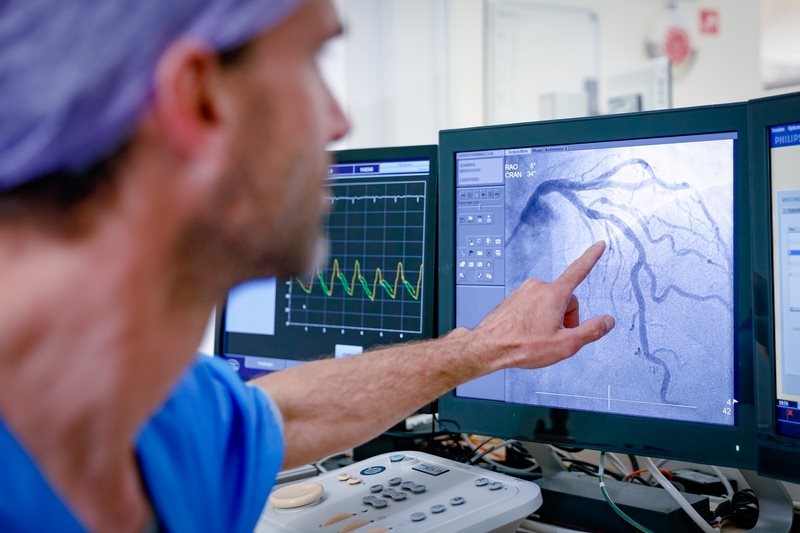
New Study Findings Could Halve Number of Stent Procedures
When a coronary artery becomes acutely blocked during a heart attack, opening it immediately is essential to prevent irreversible damage. However, many patients also have other narrowed vessels that appear... Read more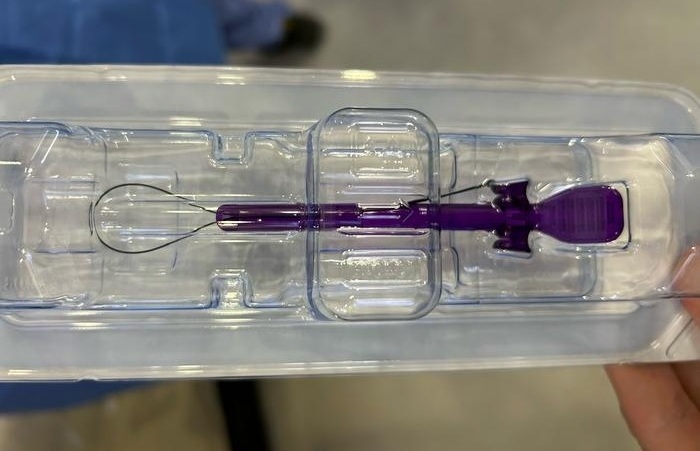
Breakthrough Surgical Device Redefines Hip Arthroscopy
Hip arthroscopy has surged in popularity, yet surgeons still face major mechanical constraints when navigating deep joint spaces through traditional cannulas. Limited tool mobility and the need for an... Read morePatient Care
view channel
Revolutionary Automatic IV-Line Flushing Device to Enhance Infusion Care
More than 80% of in-hospital patients receive intravenous (IV) therapy. Every dose of IV medicine delivered in a small volume (<250 mL) infusion bag should be followed by subsequent flushing to ensure... Read more
VR Training Tool Combats Contamination of Portable Medical Equipment
Healthcare-associated infections (HAIs) impact one in every 31 patients, cause nearly 100,000 deaths each year, and cost USD 28.4 billion in direct medical expenses. Notably, up to 75% of these infections... Read more
Portable Biosensor Platform to Reduce Hospital-Acquired Infections
Approximately 4 million patients in the European Union acquire healthcare-associated infections (HAIs) or nosocomial infections each year, with around 37,000 deaths directly resulting from these infections,... Read moreFirst-Of-Its-Kind Portable Germicidal Light Technology Disinfects High-Touch Clinical Surfaces in Seconds
Reducing healthcare-acquired infections (HAIs) remains a pressing issue within global healthcare systems. In the United States alone, 1.7 million patients contract HAIs annually, leading to approximately... Read moreHealth IT
view channel
EMR-Based Tool Predicts Graft Failure After Kidney Transplant
Kidney transplantation offers patients with end-stage kidney disease longer survival and better quality of life than dialysis, yet graft failure remains a major challenge. Although a successful transplant... Read more
Printable Molecule-Selective Nanoparticles Enable Mass Production of Wearable Biosensors
The future of medicine is likely to focus on the personalization of healthcare—understanding exactly what an individual requires and delivering the appropriate combination of nutrients, metabolites, and... Read moreBusiness
view channel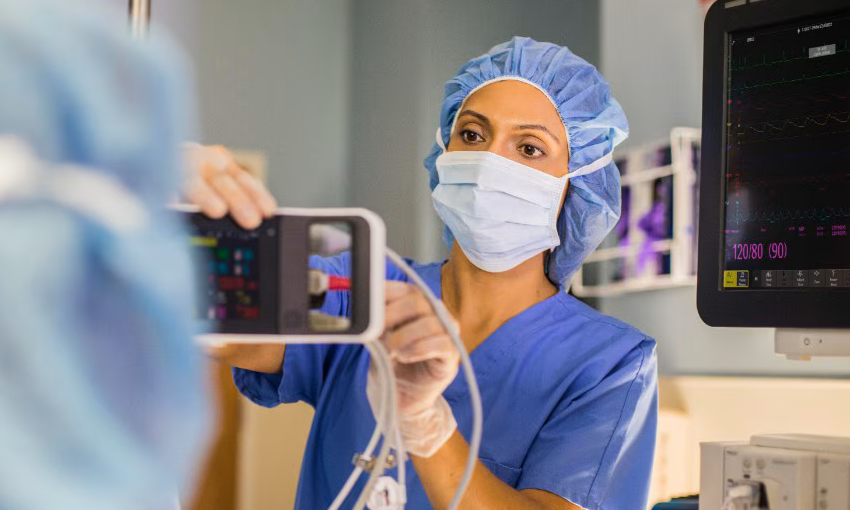
Philips and Masimo Partner to Advance Patient Monitoring Measurement Technologies
Royal Philips (Amsterdam, Netherlands) and Masimo (Irvine, California, USA) have renewed their multi-year strategic collaboration, combining Philips’ expertise in patient monitoring with Masimo’s noninvasive... Read more
B. Braun Acquires Digital Microsurgery Company True Digital Surgery
The high-end microsurgery market in neurosurgery, spine, and ENT is undergoing a significant transformation. Traditional analog microscopes are giving way to digital exoscopes, which provide improved visualization,... Read more
CMEF 2025 to Promote Holistic and High-Quality Development of Medical and Health Industry
The 92nd China International Medical Equipment Fair (CMEF 2025) Autumn Exhibition is scheduled to be held from September 26 to 29 at the China Import and Export Fair Complex (Canton Fair Complex) in Guangzhou.... Read more












